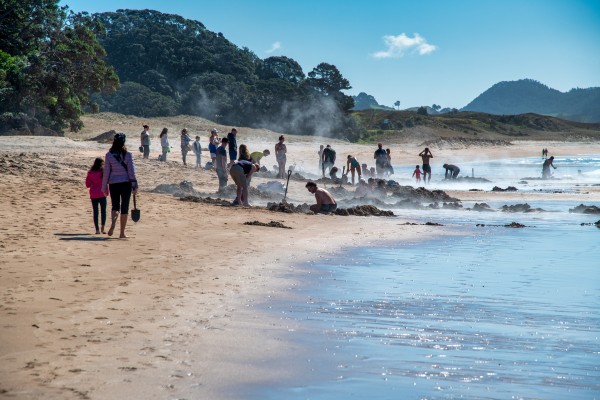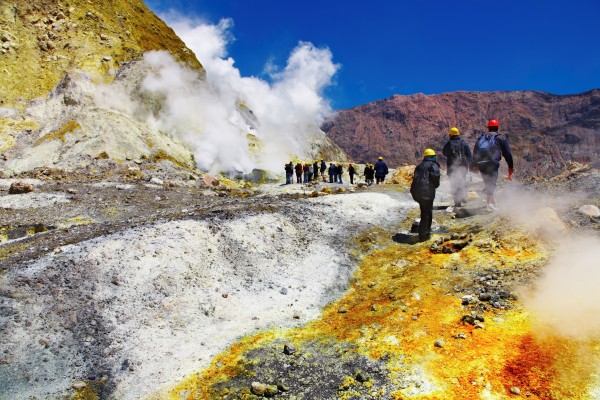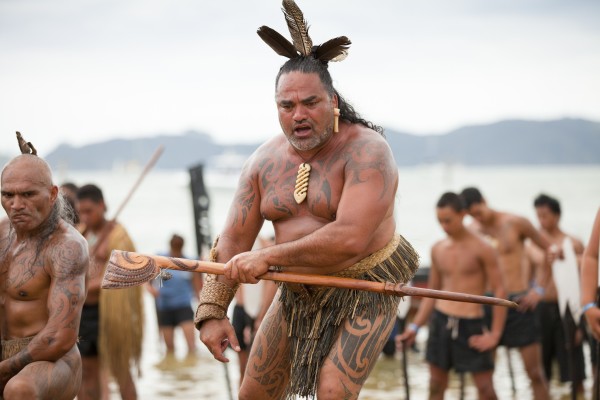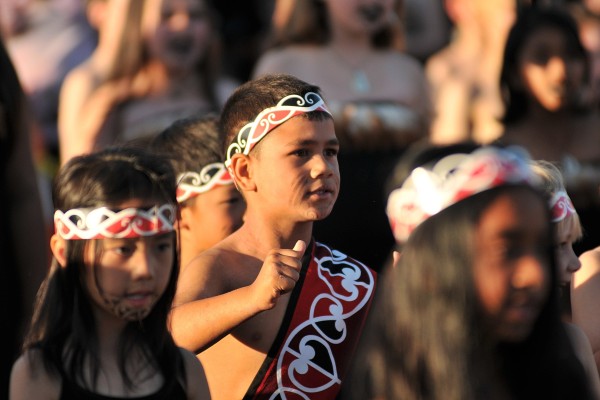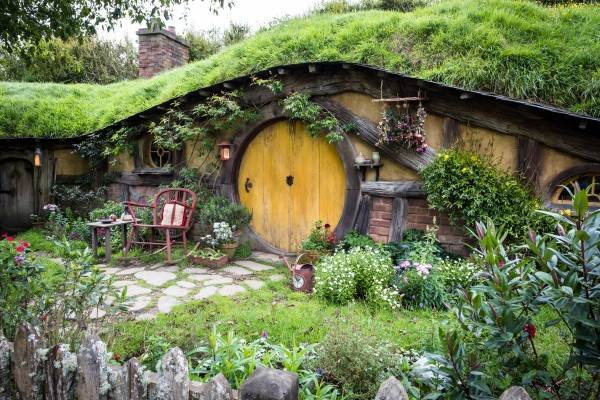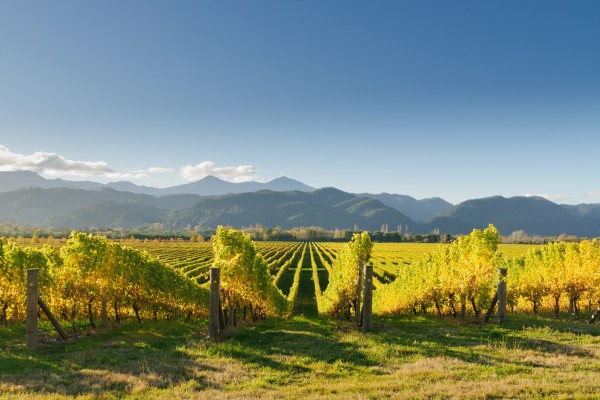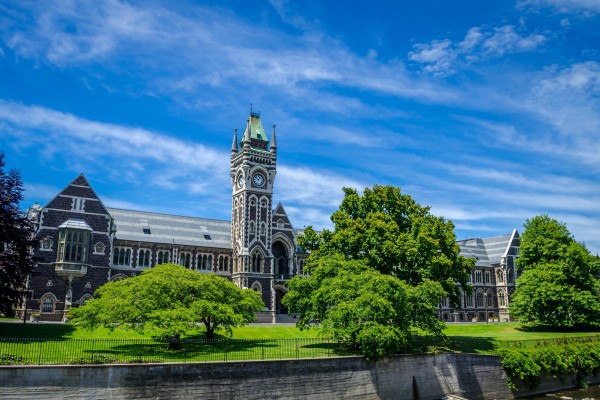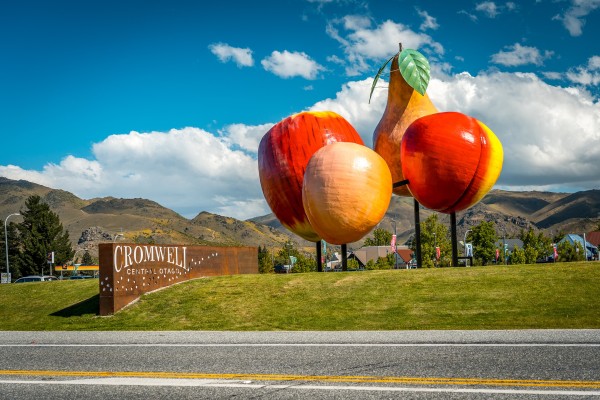New Zealand wildlife: Where to see iconic animals in New Zealand

New Zealand is known for its stunning landscapes, sparking blue lakes, rivers, and towering and majestic mountain ranges. Before visiting Aotearoa, many people don’t know that our country is also home to a diverse range of wildlife.
Beyond the iconic Kiwi, New Zealand has many species of birds, marine life and reptiles not found anywhere else. In fact, there are around 80,000 species that have been identified as native to New Zealand.
Why does New Zealand have so many native species?
The isolation of New Zealand, situated in the south of the Pacific Ocean, meant that many animals evolved in a unique ecosystem devoid of natural predators. In fact, New Zealand has no natural native land mammals except for three species of bats!
The absence of predators allowed for the evolution of a distinctive ecosystem dominated by flightless birds like the iconic kiwi and the kakapo. The nation's indigenous species adapted to their mammal-free environment, foraging for food on the forest floor or in low-hanging branches of trees. New Zealand also has many species of winged birds, including the albatross, the kea, an alpine parrot and kereru, a type of pigeon known for its chunky appearance.
Unfortunately, the introduction of predators in New Zealand has seen many species of birds become endangered and many more extinct. According to experts, New Zealand has lost around 42% of its terrestrial birds since human settlement around 700 years ago. Many birds developed ground feeding, flightlessness, underground nesting habits and fearlessness that meant they were easy prey for rats, stoats, possums and dogs.
How are New Zealand’s native wildlife protected today?
Conservation is a huge part of New Zealand culture. With so many precious species lost to introduced predators, there’s a huge movement towards restoring New Zealand to its once predator-free status.
In fact, New Zealand has embarked on an ambitious initiative to become predator-free by 2050. The Predator Free 2050 programme is a collaborative effort involving government agencies, local communities, conservation organisations, and volunteers. The initiative not only addresses the immediate threat to New Zealand's wildlife but also recognises the importance of involving communities in conservation efforts.
Many predator-free sanctuaries have been established across the country, providing safe havens for native flora and fauna. Local suburbs are already noticing a ‘spillover’ of birds and wildlife into their suburbs and backyards.
It’s not uncommon to see native species of birds, such as tui and piwakawaka, in your backyard. However, to see our most precious taonga, you may have to further afield. Here are the best places to see New Zealand’s most iconic wildlife while you are here.
New Zealand’s most iconic bird: The kiwi

There are five recognised species of kiwi, all of which are endemic to New Zealand:
North Island Brown Kiwi: Found in the North Island, this is the most common kiwi species.
Okarito Kiwi (Rowi): Native to a small area on the West Coast of the South Island, particularly in Okarito Forest and the Ōkārito Kiwi Sanctuary. This species was only determined to be distinct from other Kiwis in 2003.
Southern Brown Kiwi (Tokoriro): This species is divided into three subspecies: Haast tokoeka, Fiordland tokoeka, and the Stewart Island tokoeka. They are found in various locations, including Fiordland, South Westland, and Stewart Island.
Great Spotted Kiwi (Roroa): Great spotted kiwi are the largest of all the kiwi species. They live at higher altitudes at the top of the South Island.
Little Spotted Kiwi (Kiwi pukupukui): Once widespread, this species is now mainly restricted to predator-free offshore islands. The Maori name refers to the roundness of this small kiwi's belly.
Where to see Kiwi in New Zealand
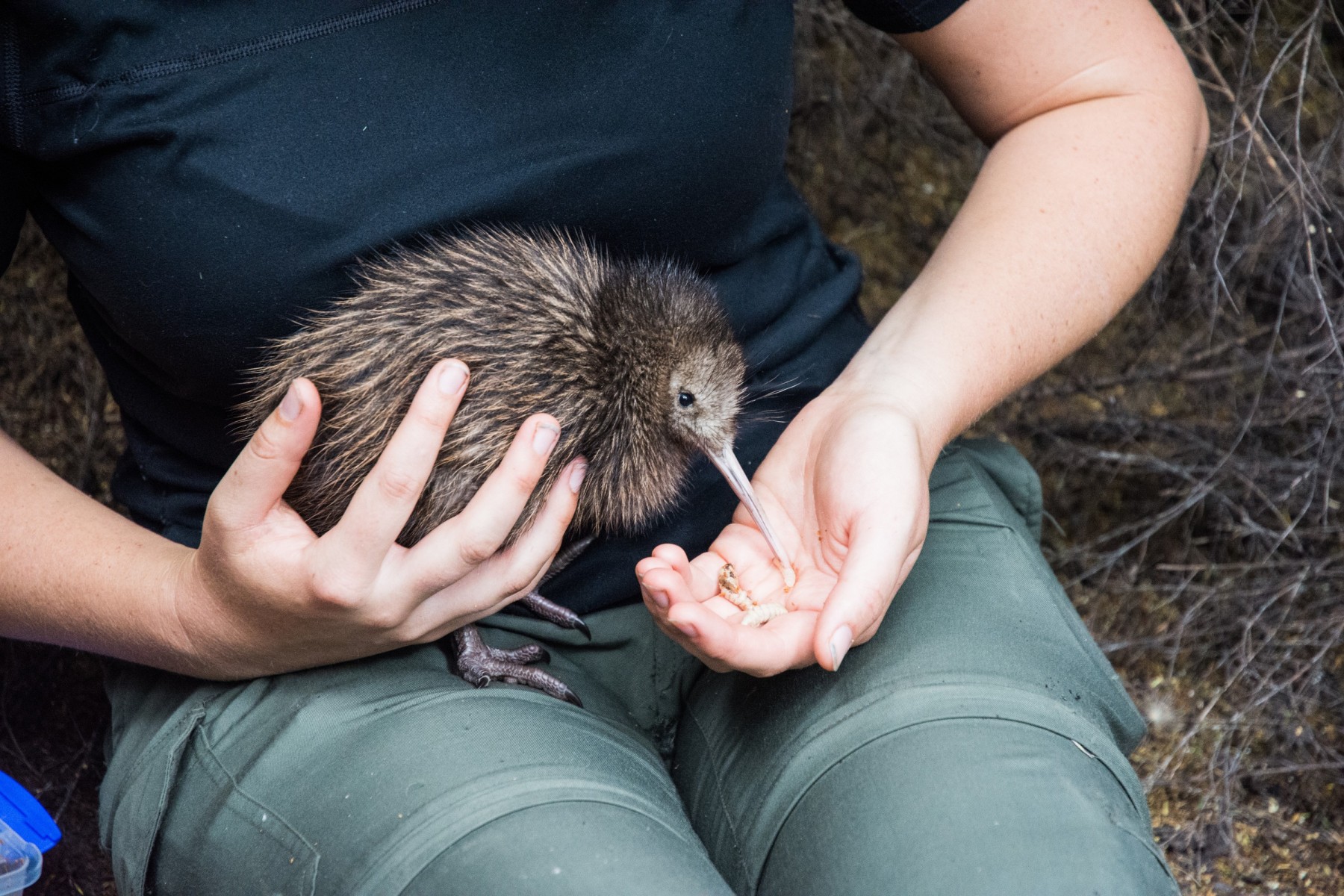
One of the best places to see and hear kiwi is on Stewart Island. Walking the Rakiura track will take you deep into native forests. It’s not uncommon to hear the calls of kiwis at night and even spot them foraging for food. If you are keen to go kiwi-spotting, cover your torch with red cellophane. As kwis are nocturnal, they shouldn’t be exposed to bright lights.
There are several wildlife sanctuaries and conservation areas across New Zealand where visitors have a higher chance of spotting kiwi, including:
Zealandia (Wellington): An eco-sanctuary with a focus on native wildlife, including the opportunity to see little spotted kiwi.
Rotorua Kiwi Encounter: Located at Rainbow Springs Nature Park, this facility is dedicated to kiwi conservation and offers visitors the chance to see various kiwi species up close.
Otorohanga Kiwi House & Native Bird Park: Located on the North Island, this park is home to various native birds, including the North Island brown kiwi.
Ulva Island Rakiura: Ulva Island, off Stewart Island, is known for its Stewart Island tokoeka kiwi population.
Whangarei Native Bird Recovery Centre: This centre, located on the North Island, focuses on the rehabilitation of injured and sick native birds, including kiwi.
Many efforts are underway to protect and restore kiwi populations, and conservation organisations are working to create predator-free environments to ensure the survival of these iconic birds.
What other native birds can you see in New Zealand?

Beyond the kiwi, New Zealand has many species of native birds worth looking out for.
Kākā: Kākā are forest parrots native to New Zealand. The kākā is known for its striking colours and distinctive call. It can be found in both the North and South Islands. The best places to see them are the Whirinaki and Pureora Forest Parks, the Milford Tracks’ Rotoiti Nature Recovery Project area, and Fiordland National Park’s Eglinton Valley area. Zealandia, an open-air predator-free park in Wellington, also has a large kākā population.
Kea: The kea is an alpine parrot renowned for its intelligence, curiosity and cheeky personality. Kea are often found in the alpine regions of the South Island, including Fiordland, Mt Cook and the Southern Alps. They are famous for letting their curiosity get the best of them! Destroying property, pulling apart objects and playing with road cones are some of their favourite pastimes.
Takahē: The takahē are a New Zealand conservation success story. These large, rotund and flightless birds were once thought to be extinct due to habitat loss and predation. A small population was rediscovered in Fiordland in 1948 which led to intensified conservation efforts.
Takahē have been reintroduced into Kahurangi National Park. There is a small, recovering population still in the Murchison Mountains. Takahē also live at sanctuary sites around New Zealand including Zealandia in Wellington, Kapiti Island, Auckland Zoo and Willowbank Wildlife Reserve in Christchurch.
Albatross: The most well-known location for observing albatrosses in New Zealand is the Otago Peninsula, at Taiaroa Head Wildlife Reserve near Dunedin. This area is home to the only mainland breeding colony of Royal Albatross in the world. The colony is managed by the Department of Conservation. Visitors can take guided tours to the Royal Albatross Centre.
What types of marine animals are there in New Zealand?
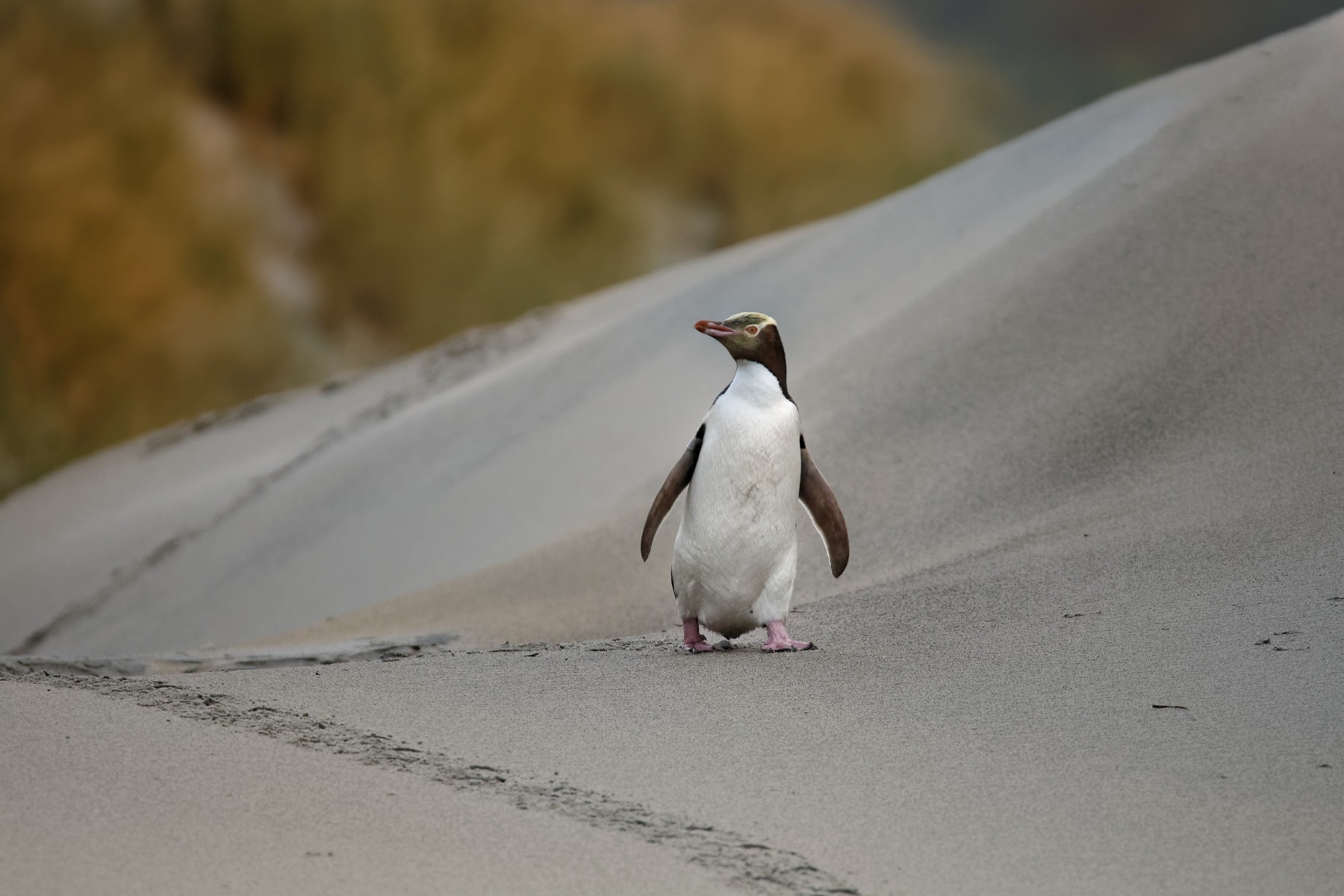
New Zealand is home to several species of marine mammals, including penguins and sea lions. Marine life under the sea is also thriving with several species of dolphins and whales regularly spotted around New Zealand.
Little Blue Penguin (Kororā): The smallest of all penguin species, the little blue penguin is found throughout New Zealand's coastal waters. Known for its distinctive blue and white feathers, these penguins are often seen near shorelines and nesting in burrows.
Yellow-eyed Penguin (Hoiho): Endemic to New Zealand, the yellow-eyed penguin is one of the world's rarest penguin species. Recognisable by its striking yellow eye band, it primarily inhabits the southeastern coasts of the South Island and several sub-Antarctic islands.
Fiordland Crested Penguin (Tawaki): Nesting in the dense forests of the Fiordland region and some nearby islands, the Fiordland crested penguin is characterised by its distinctive yellow crest. It is one of the rarest crested penguin species.
Sea lions and fur seals: New Zealand is home to several species of sea lions, and you can observe them at various coastal locations. The two main species found in New Zealand are the New Zealand sea lion (Phocarctos hookeri) and the fur seal or kekeno (Arctocephalus forsteri). The best places to see sea lions or fur seals are coastal areas in the middle to north of the South Island, and the bottom of the North Island. Hotspots include the Otago Peninsula, the Catlins coast, Stewart Island/Rakiura, Kaikoura and coastal Wellington.
Where can I see whales and dolphins in New Zealand?
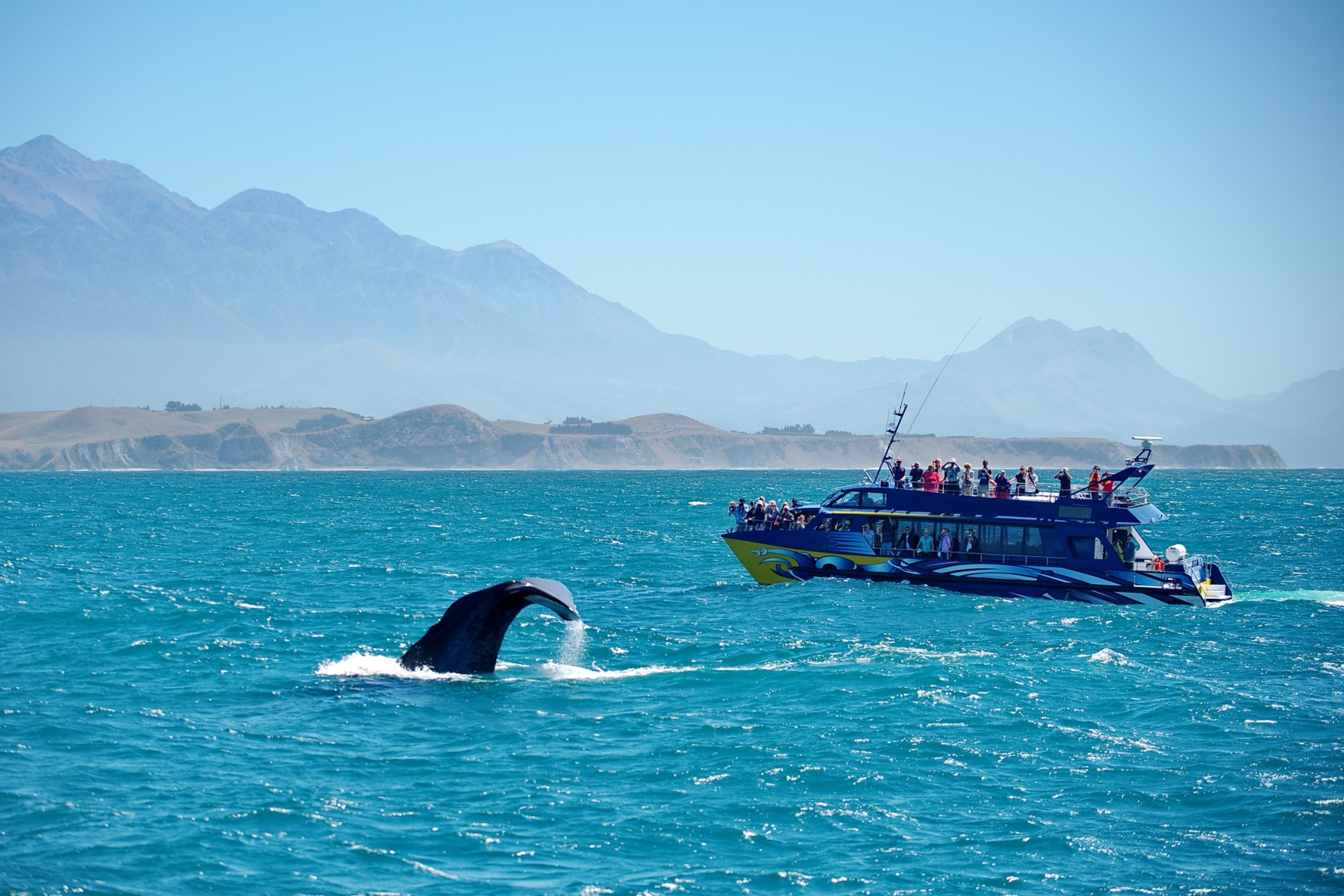
As an island nation, New Zealand offers lots of opportunities for spotting whales and dolphins. New Zealand is home to several species of native dolphins, including the Hector's dolphin and the Maui dolphin.
Some of the best places to see whales and dolphins in New Zealand include:
Kaikoura: Located on the South Island's east coast, Kaikoura is one of the most renowned whale-watching destinations in New Zealand. It’s rich marine ecosystem, makes it an ideal habitat for sperm whales, humpback whales, orcas, and many species of dolphins. Whale-watching tours, both by boat and by air, are popular in Kaikoura and run by local iwi.
Bay of Islands: The Bay of Islands is known for its scenic beauty and flourishing marine life. Much of the waters around the Bay of Islands are protected by a marine park. Whale-watching tours departing from Paihia and Russell offer the chance to encounter orcas, Bryde's whales, and common dolphins.
Auckland: The nearby Hauraki Gulf is home to a variety of marine life, including Bryde's whales, orcas, and common dolphins. Some operators offer boat tours departing from Auckland to explore the Hauraki Gulf's waters.
Akaroa: Situated on the Banks Peninsula, near Christchurch on the South Island, Akaroa is known for its scenic harbour and is a popular spot for encountering Hector's dolphins. Some whale-watching tours in this area may also encounter humpback whales and orcas.
The Catlins: The Catlins is situated on the southeast coast of the South Island and is home to many species of marine life. Yellow-eyed penguins, sea lions, seals and Hector’s dolphins all call Curio Bay home.
New Zealand has a rich and diverse range of wildlife that you won’t find anywhere else. You can help protect our native birds and mammals by keeping your distance and avoiding feeding them. Despite not having any land mammals, sea lions and seals can be dangerous, while many of our bird species are vulnerable to predation by cats and dogs. Keeping dogs on a leash and cats indoors can help protect these species.
What do our customers say?



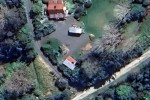
For every (wise)move









